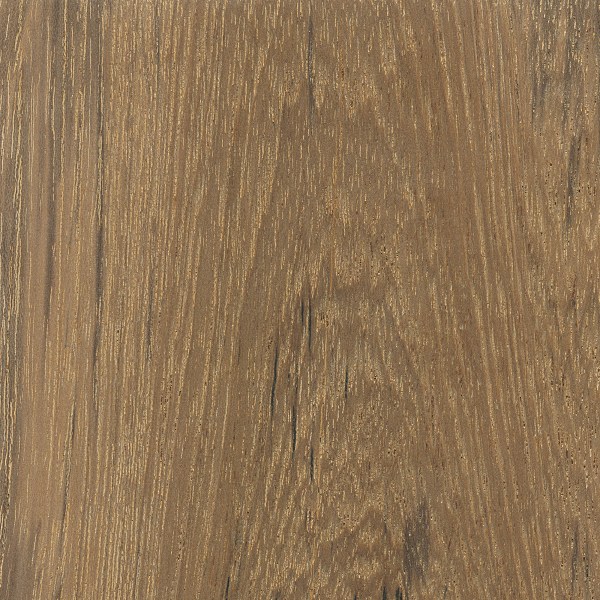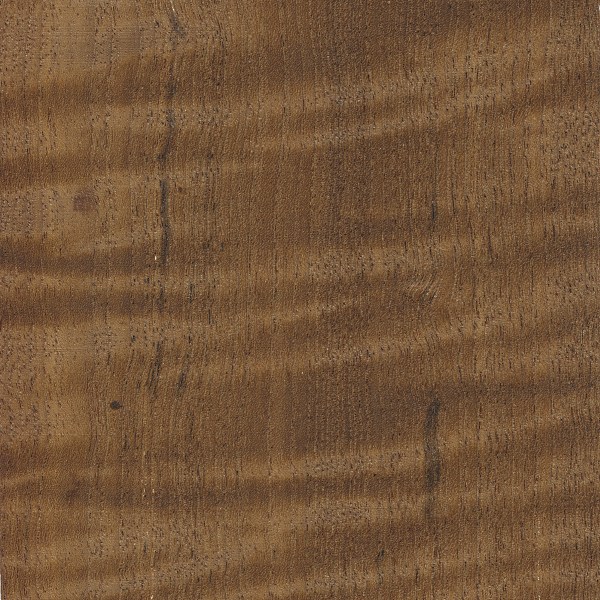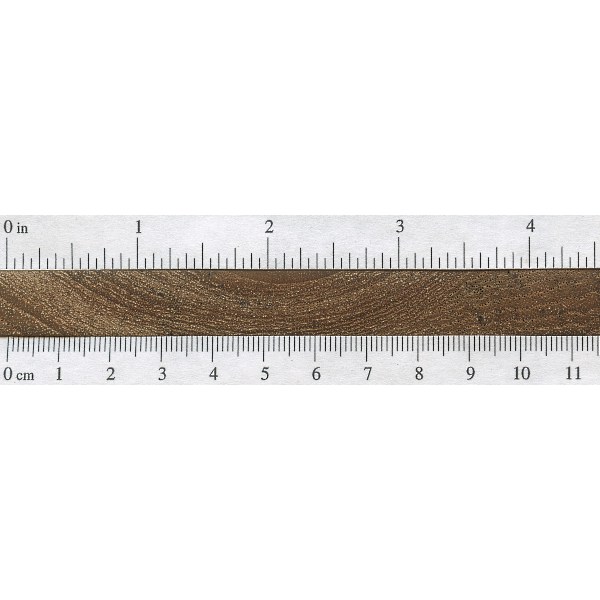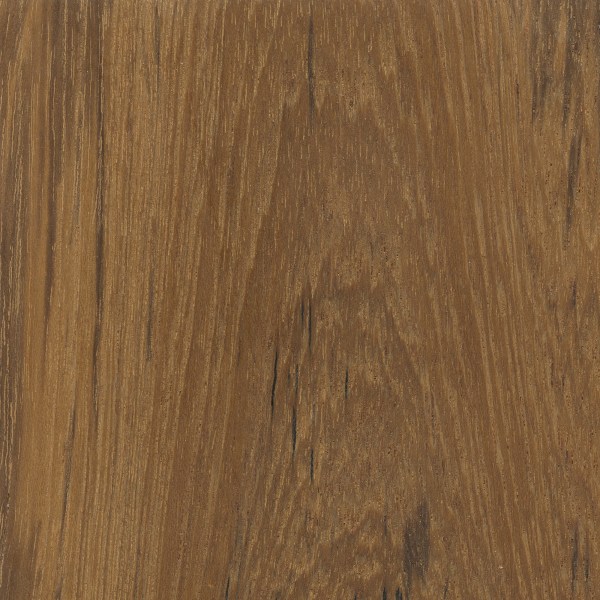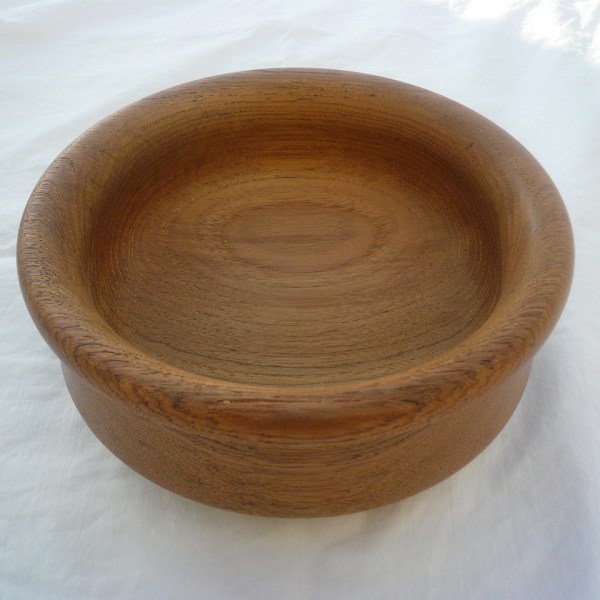Teak
Scientific Name:
Tectona grandis
Origin:
Native to southern Asia; Widely grown on plantations throughout tropical regions of Africa, Asia, and Latin America
TEXTURE:
Coarse, uneven texture and moderate to low natural luster. Raw, unfinished wood surfaces have a slightly oily or greasy feel due to natural oils.
GRAIN PATTERN:
Grain is straight, though it can occasionally be wavy or interlocked
COLOR:
Golden or medium brown, with color darkening with age.
WOOD TYPE:
Tropical Hardwood
Sometimes called Burmese Teak, this name is used to differentiate natural-grown trees (typically from Myanmar, aka Burma) from Teak grown on plantations. Used extensively in India and within its natural range for centuries, Teak has grown into a worldwide favorite. With its superb stability, good strength properties, easy workability—and most of all, its outstanding resistance to decay and rot—it’s no wonder that Teak ranks among the most desired lumbers in the world.
Much like the many names and knockoffs of Mahogany, the moniker “Teak” has been affixed and assigned to a number of different woods seeking acclaim. The usual procedure is to take a wood bearing any degree of resemblance to Teak and insert a geographical location in front of the name. For instance, Cumaru is sometimes referred to as Brazilian Teak, while Rhodesian Teak bears little botanical relation to real Teak—Tectona grandis. The name Burmese Teak, however, does refer to genuine Teak.
OTHER NAMES:
More Wood
Exotic Wood Pro Copyright 2020 | All Rights Reserved

